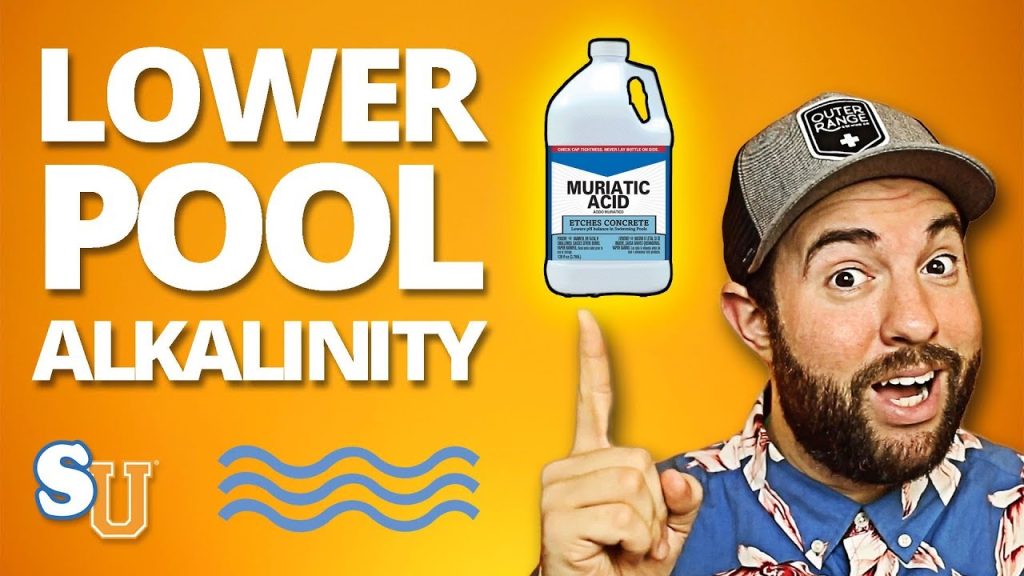Having the right balance of chemicals in your pool is essential for maintaining a safe and clean swimming environment. One important factor to consider is the alkalinity level of the water. When the alkalinity is too high, it can lead to problems such as cloudy water, scale formation, and difficulty in adjusting the pH level. In this article, we will discuss effective methods to decrease alkalinity in the pool and maintain a healthy swimming environment.
Understanding Alkalinity
Alkalinity refers to the ability of water to resist changes in pH. It acts as a buffer, helping to stabilize the pH level of the pool water. The ideal range for alkalinity is between 80 and 120 parts per million (ppm). When the alkalinity level is too high, typically above 120 ppm, it can cause the pH level to be difficult to adjust, leading to potential problems such as scaling and cloudy water.

Credit: m.youtube.com
Methods to Decrease Alkalinity
Here are some effective methods to lower the alkalinity in your pool:
- Use Muriatic Acid: This is one of the most common methods to decrease alkalinity. Muriatic acid can be added to the pool water to lower the alkalinity and bring the pH level down. It is important to follow the manufacturer’s instructions and wear protective gear when handling muriatic acid.
- Aeration: Aeration involves increasing the exposure of the pool water to the air, which helps to release carbon dioxide and lower alkalinity. This can be done by using a fountain, waterfall, or air pump to agitate the water and promote the release of carbon dioxide.
- Use pH Reducer: pH reducer products are designed to lower both the pH and alkalinity of the pool water. These products are usually granular or liquid and can be added directly to the pool water according to the manufacturer’s instructions.
- Replace Some Water: In cases of extremely high alkalinity, partially draining the pool and refilling it with fresh water can help dilute the alkalinity level. This method should be used as a last resort and should be followed by proper testing and balancing of the pool water.
Testing and Balancing
After using any of the methods mentioned above to decrease alkalinity, it is crucial to test the water to ensure that the desired results have been achieved. Use a reliable pool water testing kit to check the alkalinity and pH levels and make any necessary adjustments to achieve the ideal balance.
Maintaining the Ideal Alkalinity Level
Once you have successfully decreased the alkalinity in your pool, it is important to maintain the ideal level to prevent future issues. Regular testing and monitoring of the pool water, along with proper maintenance and chemical adjustments, will help to keep the alkalinity within the recommended range.

Credit: waterguru.com
Conclusion
Keeping the alkalinity of your pool water within the optimal range is essential for a safe and enjoyable swimming experience. By understanding the factors that contribute to high alkalinity and employing the appropriate methods to decrease it, you can maintain a well-balanced pool environment. Regular testing, proper maintenance, and timely adjustments will ensure that your pool remains clean, clear, and inviting for all swimmers.





